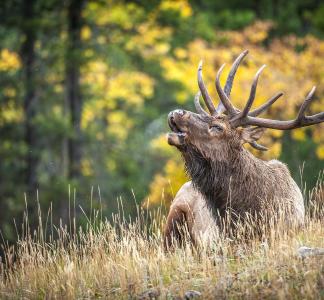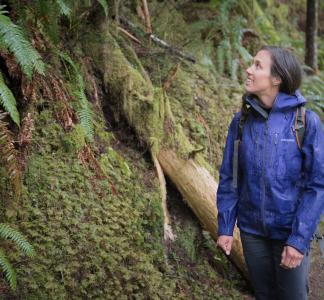Some of our favorite Wilderness Areas
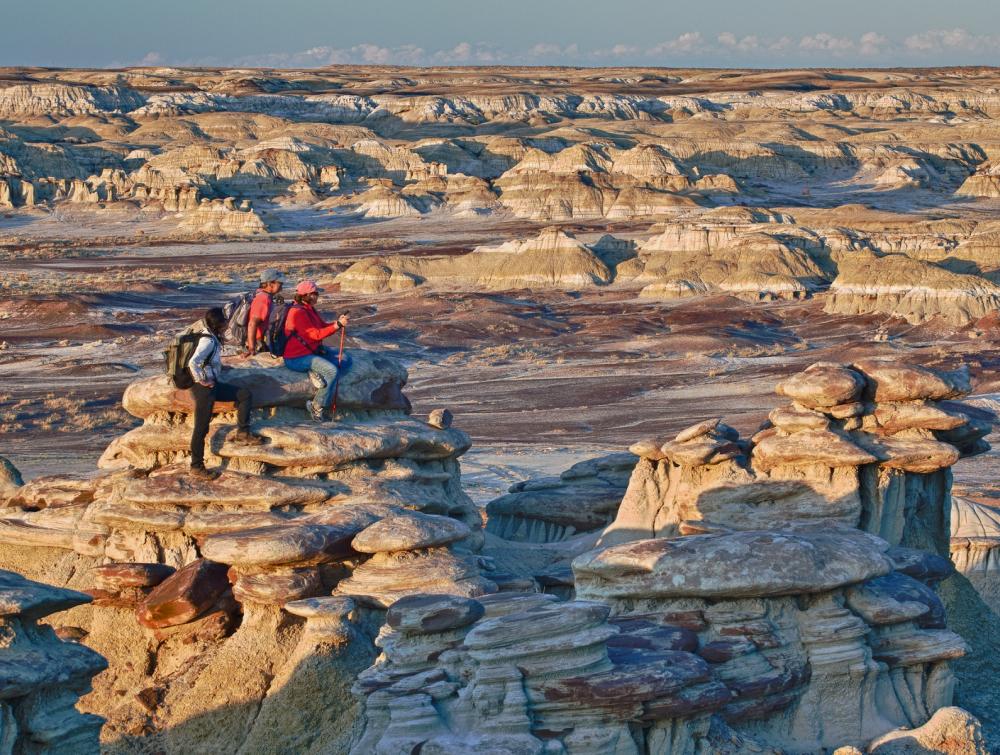
Ah-shi-sle-pah Wilderness in New Mexico
Bob Wick, BLM California
Every year, millions of visits are made to America’s designated Wilderness Areas.
Some of these are backcountry camping trips to places far off the beaten path, while others are day hikes in natural areas neighboring large cities.
According to data from the Wilderness Institute, nearly half of all U.S. wilderness areas are within a day's drive of the country’s 30 largest cities. The U.S. Forest Service reports that almost 25% of wilderness visits are made by people living within 25 miles of these protected areas.
Visiting wilderness areas is part of what keeps them relevant and protected, but it also means visitors have a responsibility to care for these spaces.
To celebrate the 60th anniversary of the Wilderness Act in 2024, we invite you to explore some of the nation’s most cherished wilderness areas:
1. Boundary Waters Canoe Area Wilderness, Minnesota
This wilderness area is considered one of the most visited in all of America. Located at the Canadian border, Boundary Waters has almost 2,200 backcountry camping sites, mostly accessible only by canoe. Fishing is popular as well, with dozens of species contributing to the diversity of life here—including wolves, otters, moose, beavers, frogs and bats. Wilderness Society founder Ernest Oberholtzer was one of the people primarily responsible for its protection under the Wilderness Act 60 years ago.
In 2023, the Biden administration finalized a 20-year mineral withdrawal in the headwaters of the Boundary Waters Canoe Area Wilderness, the nation’s most visited wilderness area, placing a mining moratorium on over 225,000 acres of land in the Superior National Forest.

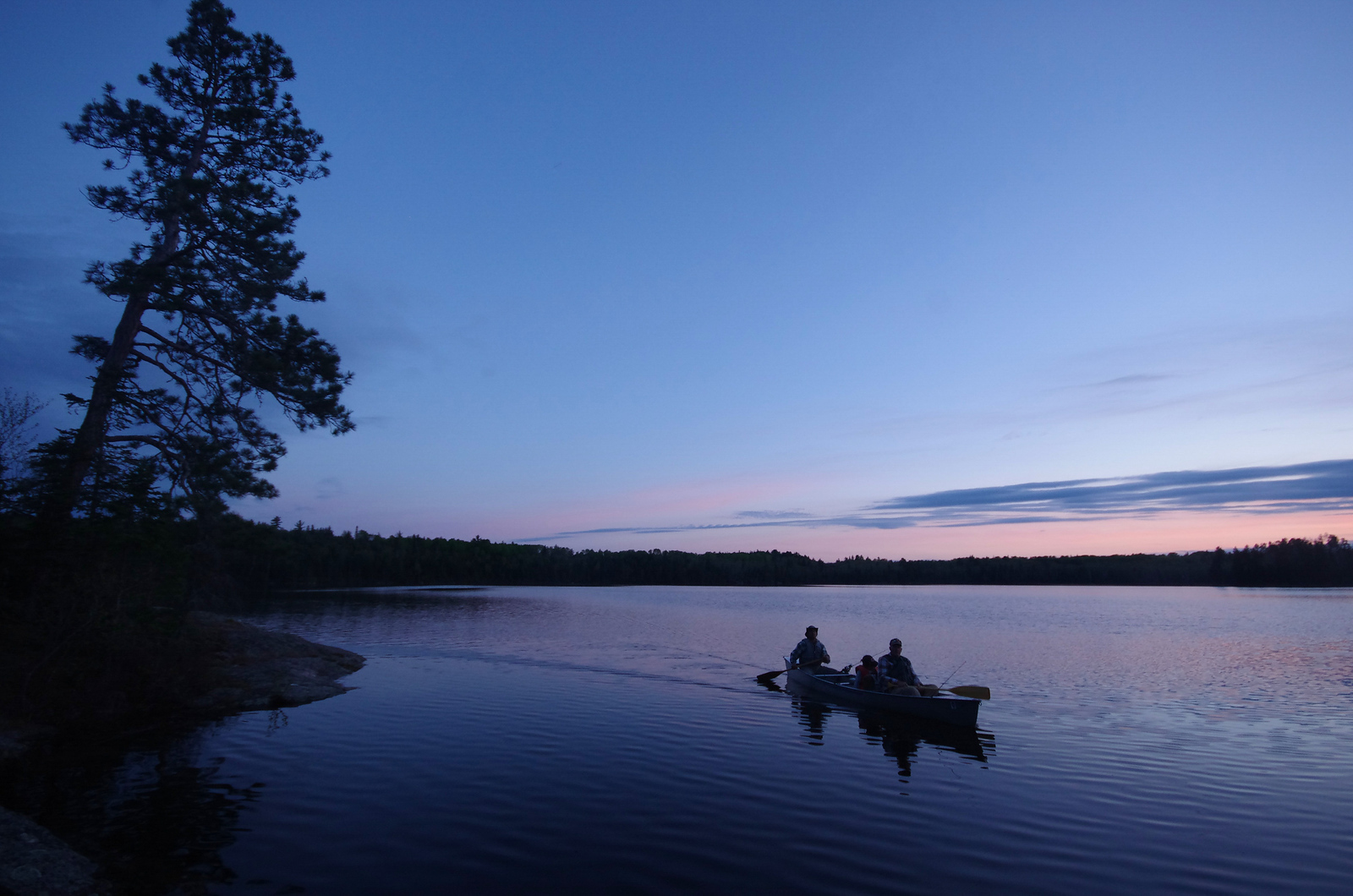
credit: Adam Baker, flickr.
2. Sandia Mountain Wilderness, New Mexico
Just outside Albuquerque, Sandia’s popular trails can offer surprising solitude—if hikers are willing to climb side trails. On the western slopes of the small, granite Sandia Mountain range hikers may spy numerous birds of prey like raptors, golden eagles and various hawks. The Sandia Peak Aerial Tramway transports visitors to the peak for 2.7 miles, making it one of the longest trams in the world.

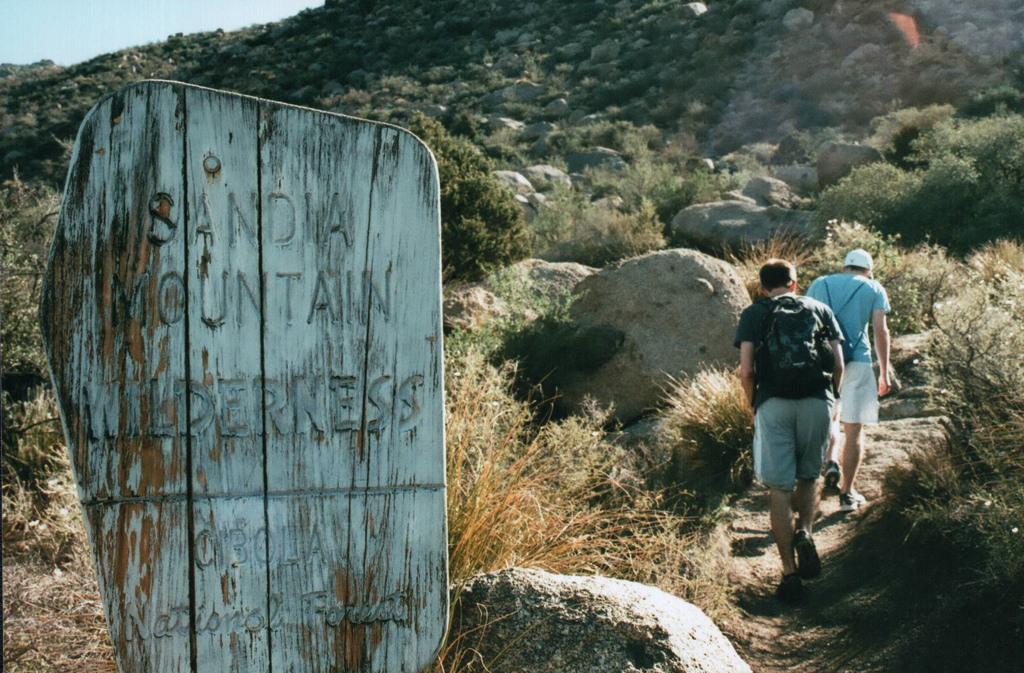
credit: revinator3000, flickr
3. Pusch Ridge Wilderness, Arizona
Stunning views and beautiful rock formations are conveniently accessed by trails outside Tucson. Pusch Ridge is a prominent landmark in the Santa Catalina Mountains, with elevations from 2,800 to 8,800 feet. Its cooler temperatures are an attraction in summer.

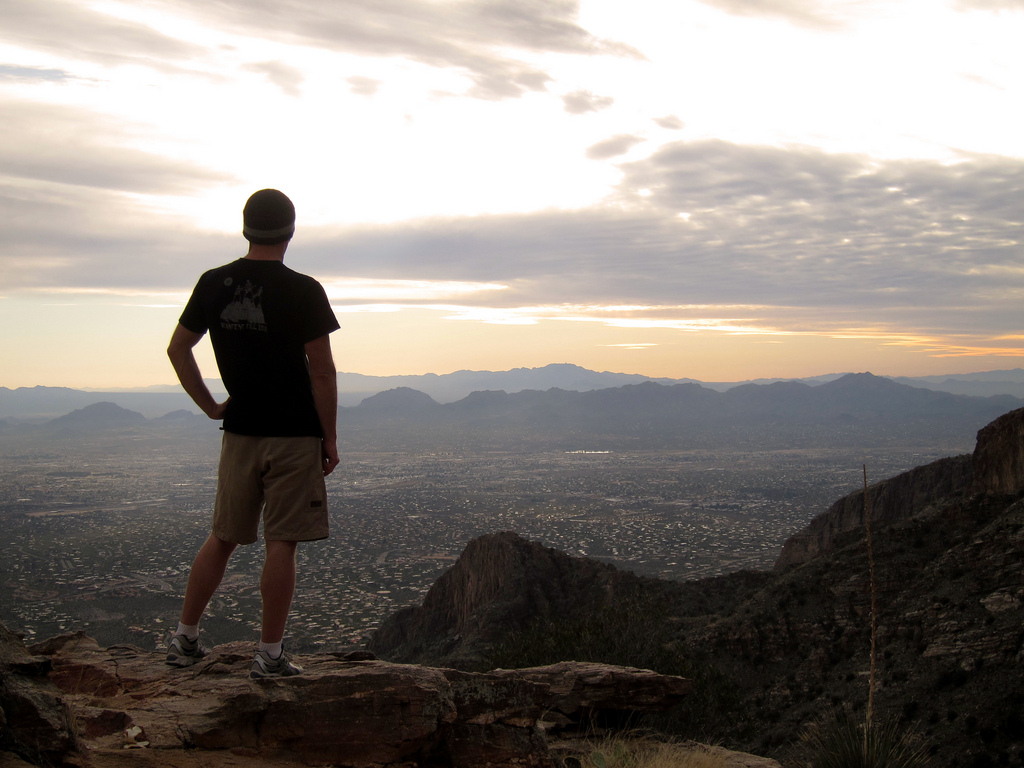
credit: Miguel Vieira, flickr
4. Maroon Bells - Snowmass Wilderness, Colorado
This wilderness contains six of Colorado’s legendary “fourteeners”—peaks higher than 14,000 feet—including the two known as “the deadly bells” and Snowmass Mountain. Every year thousands of mountaineers brave difficult climbs to alpine lakes, like Maroon Lake, whose reflection of Maroon Bells is one of the state’s most photographic scenes.
Protected by the Wilderness Act over 50 years ago, this wilderness area also hosts natural hot springs at Conundrum Creek. This may be the only wilderness that has a shuttle bus for summer crowds.
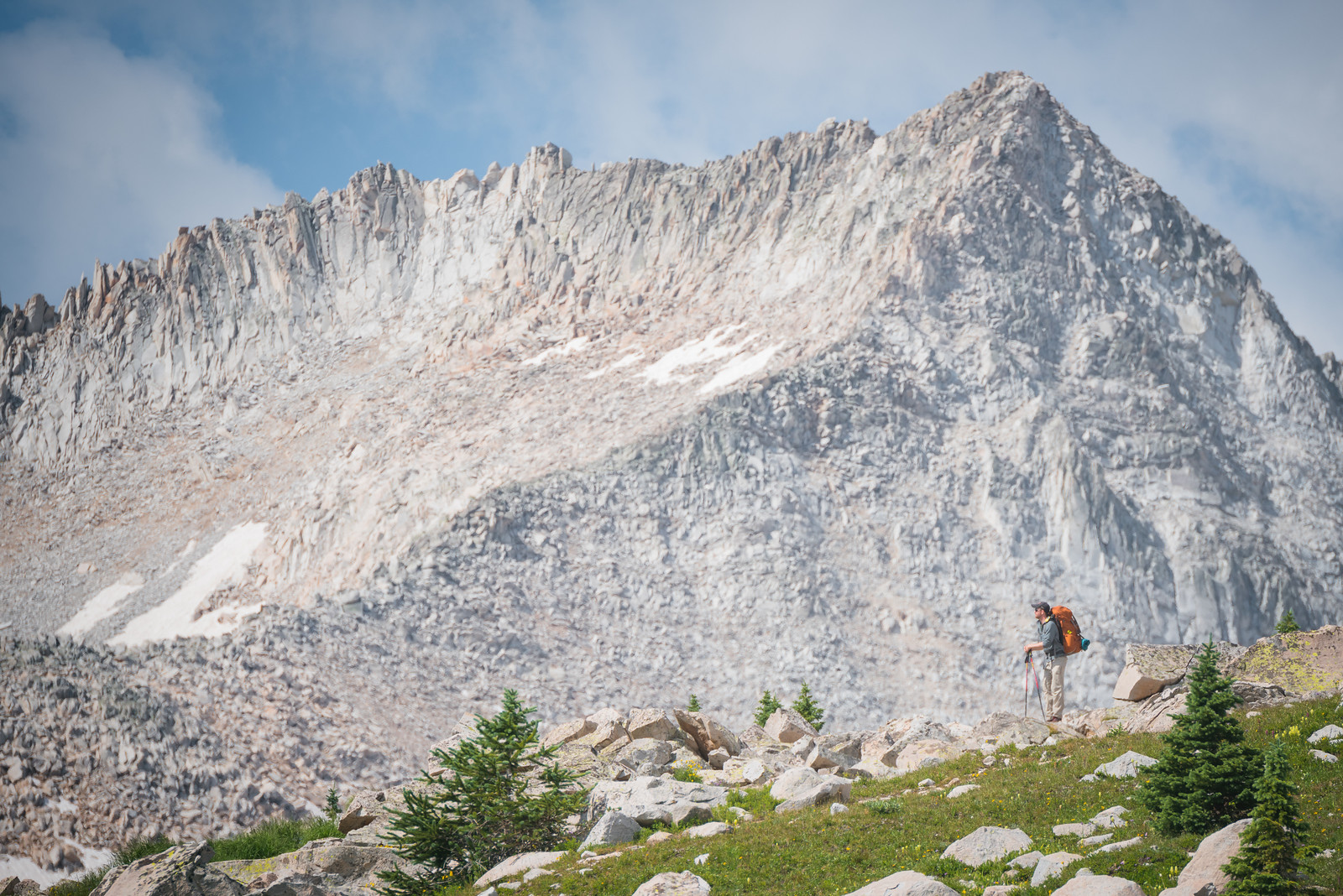
credit: Mason Cummings, The Wilderness Society
5. Sangre de Cristo Wilderness, Colorado
Four fourteeners are in the long and narrow Sangre de Cristo Wilderness, including the most challenging Crestone Needle. Most trails are rough and end at one of its 60 alpine lakes. Large aspen stands visible today are a result of heavy fires purposely set in the early 1900's to clear pasture land, expose minerals and produce charcoal.
Great Sand Dunes National Preserve nearby offers skiing in winter, splashing in sandy creeks in spring and dark starry skies year-round.

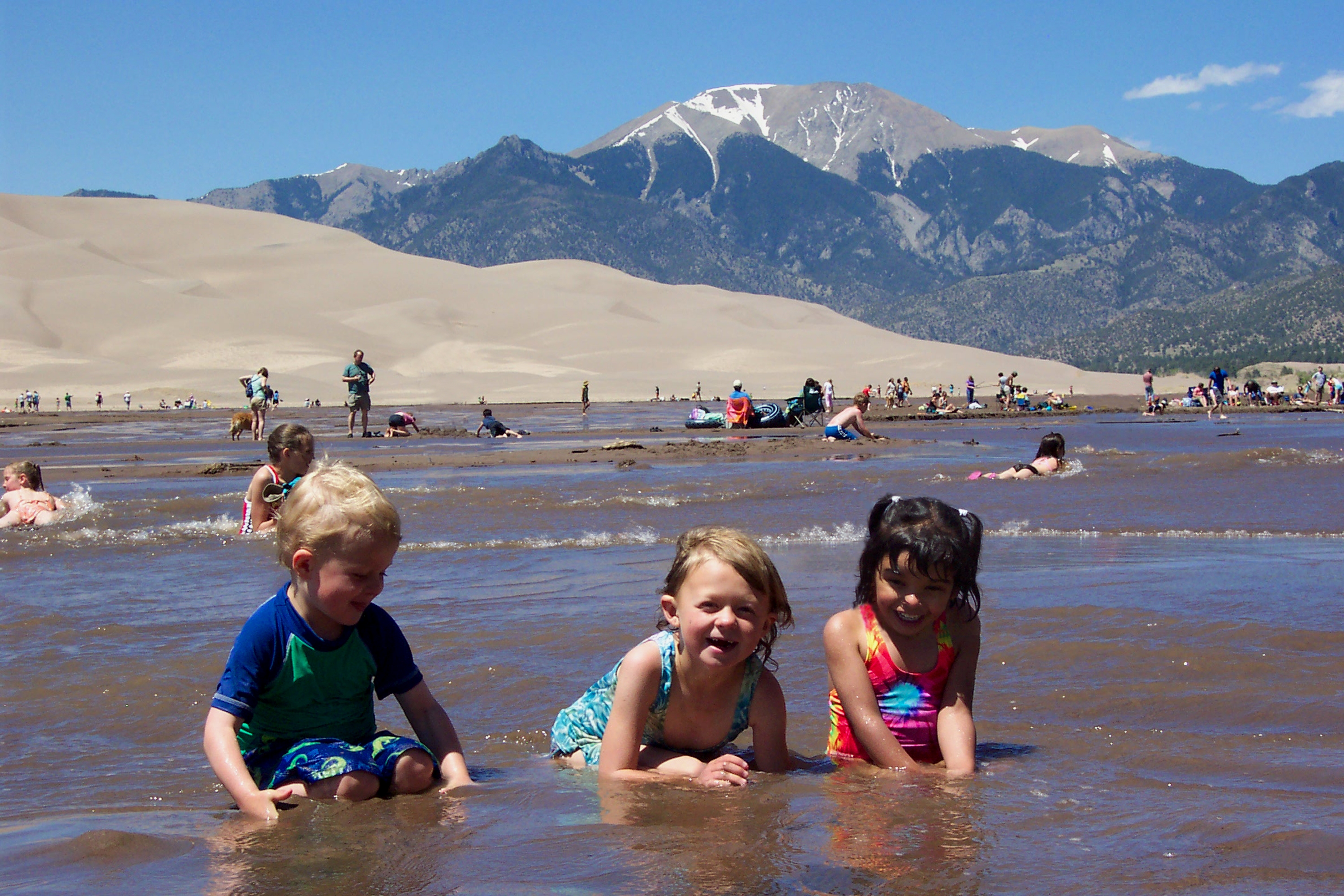
photo: National Park Service
6. Alpine Lakes Wilderness, Washington
Forests of fir and hemlock trees greet visitors in the rugged, glacier-carved North Cascades, less than 50 miles from Seattle . This wilderness area boasts over 700 mountain lakes, including Enchantment, Mason, Melakwa, Snoqualmie and more. The area also contains headwaters for the Skykomish, Snoqualmie, Wenatchee and Yakima Rivers.
One of the most popular outdoor destinations in the state, Alpine Lakes contains part of the Pacific Crest Trail and Cashmere Crags, one of the best rock-climbing locales in the West.
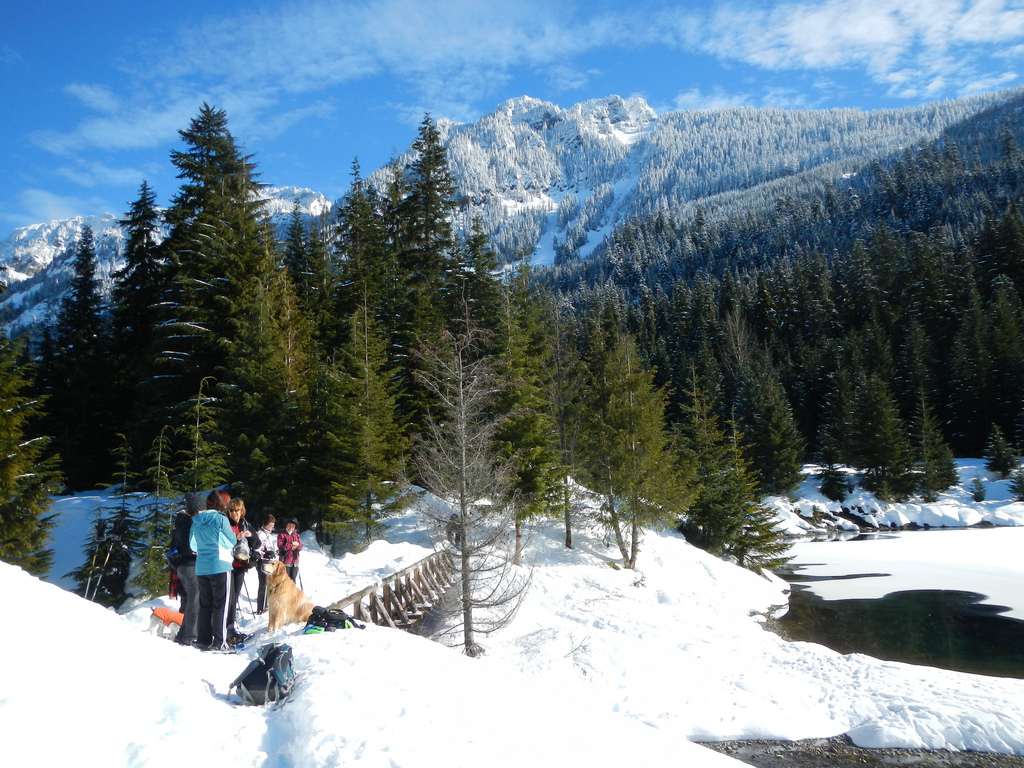
credit: Jessie Hey, flickr
7. Three Sisters Wilderness, Oregon
The area is named for its three major volcanoes and includes other geologic features like Rock Mesa, Collier Cone and Yapoah Crater as well as lava flows and tubes. The large glaciers like Collier are exemplary of the Pacific Northwest’s glaciation.
Alpine meadows and waterfalls are irresistible attractions to its many visitors, some of which travel from the nearby city of Eugene.

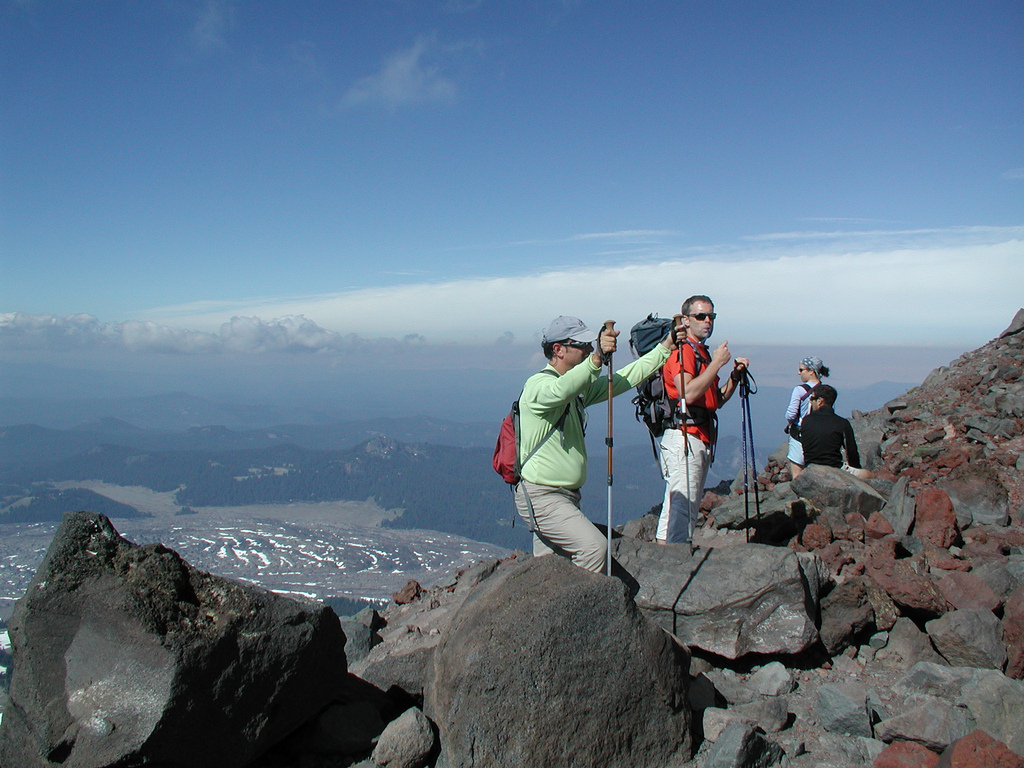
credit: David Silverman, flickr
8. Mark O Hatfield Wilderness, Oregon
On the northern side of Mount Hood is an area just south of the Columbia River Gorge and near enough to Portland that it attracts many visitors
Mossy cliffs, forested plateaus and meadow ridges offer views of wildlife and majestic scenes of the Cascade Range.

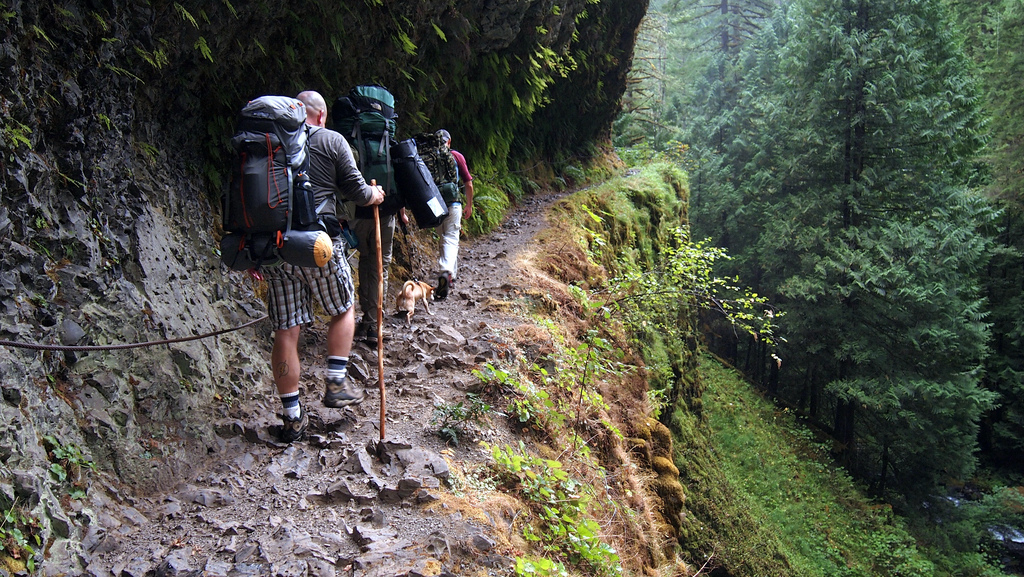
credit: Patrick M, flickr
9. John Muir Wilderness, California
Running along the crest of the Sierra Nevadas is a wilderness filled with snow-capped granite peaks and expansive meadows.
The John Muir Wilderness is named after the advocate for wildlands. It has the largest contiguous area above 10,000 feet in the continental states. Wildlife includes marmots, pikas, Clark's nutcrackers, Golden Trout and black bears.

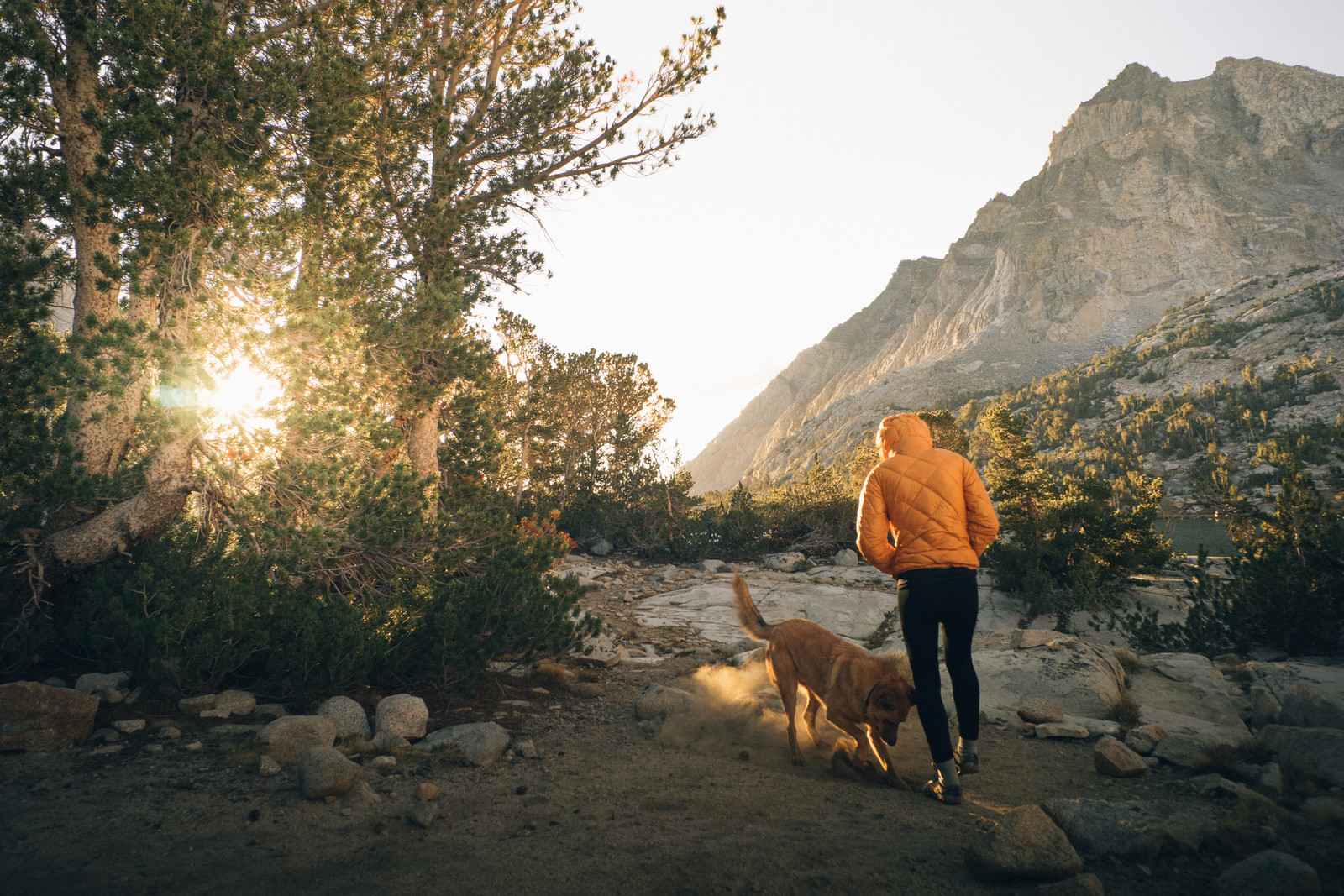
credit: Jason Fitzgibbon, flickr
10. Ansel Adams Wilderness, California
Just north of John Muir and at the southern boundary of Yosemite National Park is an area designated over 50 years ago as Minarets Wilderness, named after the metavolcanic Minaret mountains that remain an attraction for rock climbers.
In the 1980s it was renamed after Ansel Adams, the famous photographer of the Sierra Nevada and a former council member of The Wilderness Society.

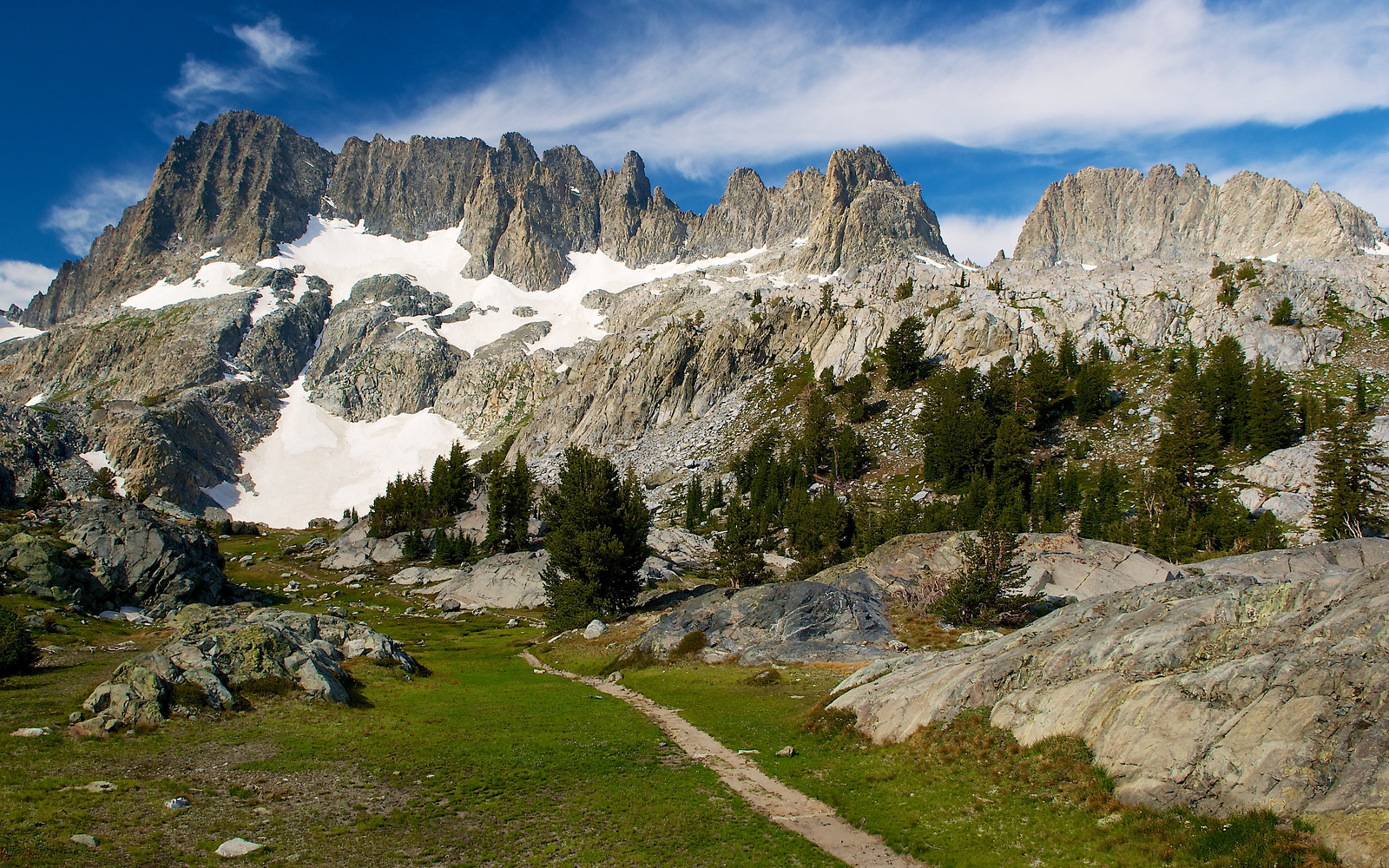
credit: Steve Dunleavy, flickr
11. Mount Rose Wilderness, Nevada
Mount Rose is a wilderness that borders on being urban, with parts running right to the edge of Reno. Proximity to the city leads many visitors to trails like Mount Rose.
Other trails include Tahoe Rim, which encircles Lake Tahoe, and those that lead more serious hikers up the highest peak in the Carson Range, Mount Rose. Wildflowers and wildlife are attractions here as well.

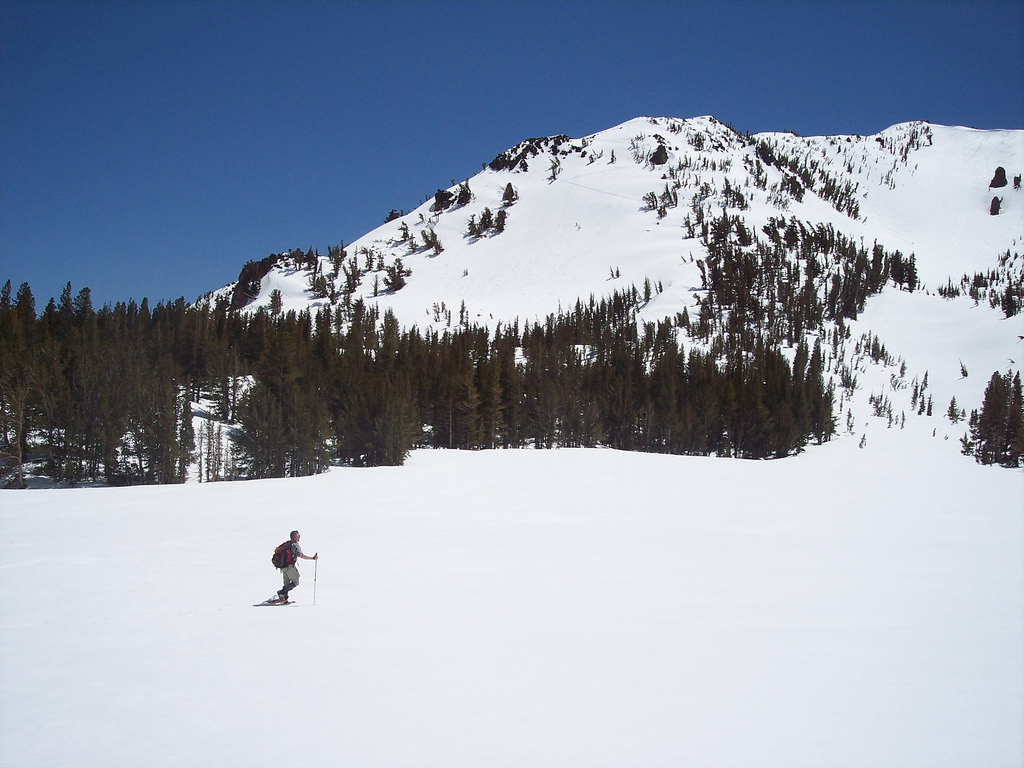
credit: Michael D, flickr
12. Mount Timpanogos Wilderness, Utah
Utah’s Timpanogos has a reputation for its fantastic mountain climbing. Visitors on weekend “Timp Hikes” can reach into the thousands, so parking can be difficult at trailheads.
In the summer, alpine meadows are covered in wildflowers like forget-me-nots, buttercups, bluebells and columbine.

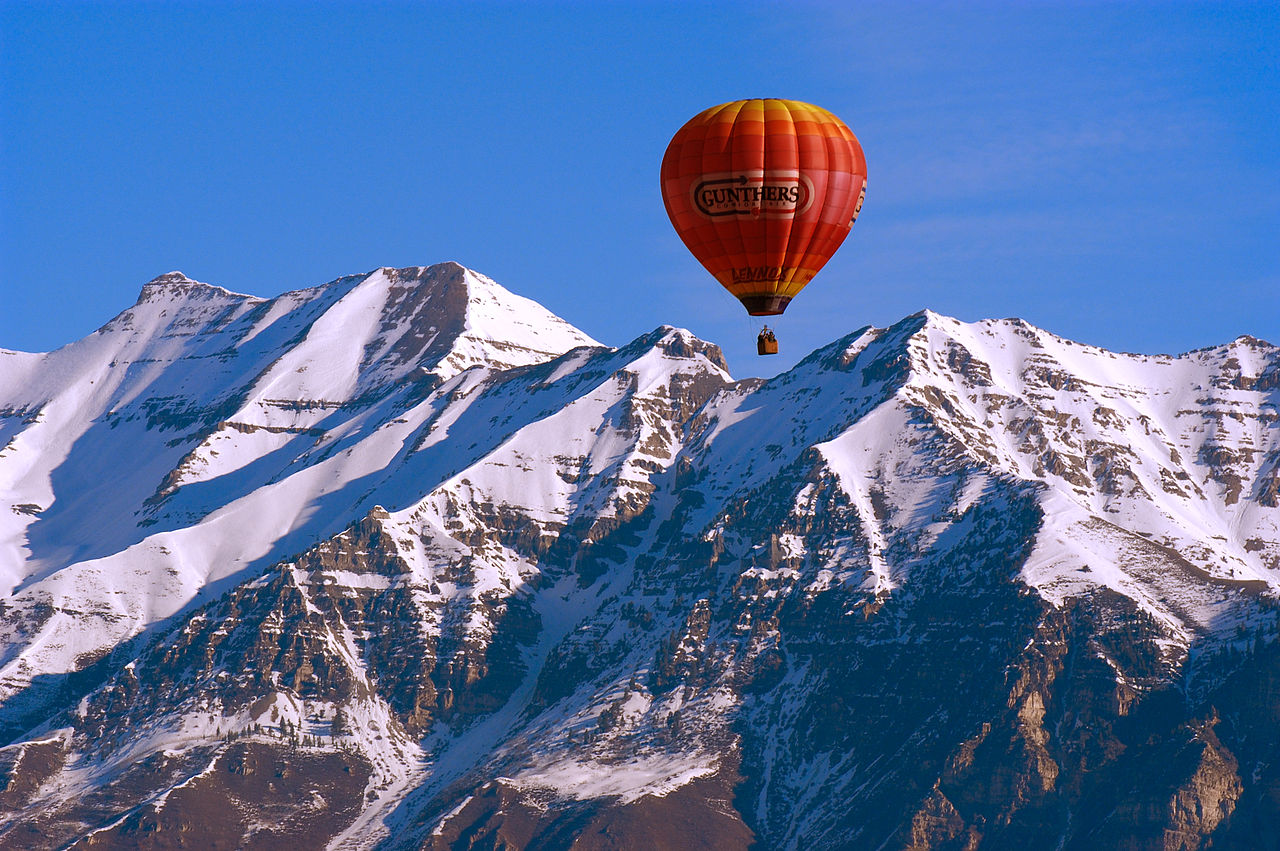
photo: a4gpa, flickr
13. High Uintas Wilderness, Utah
Close to the greater Salt Lake City area, High Uintas is “loved to death” by hoards of avid rock climbers, fall hunters and hikers on Kings Peak.
The Uinta Mountains, named for the Uintaat natives, are the highest peaks in the state and home to cougars, black bears, bighorn sheep, river otters and 75% of Utah's bird species.

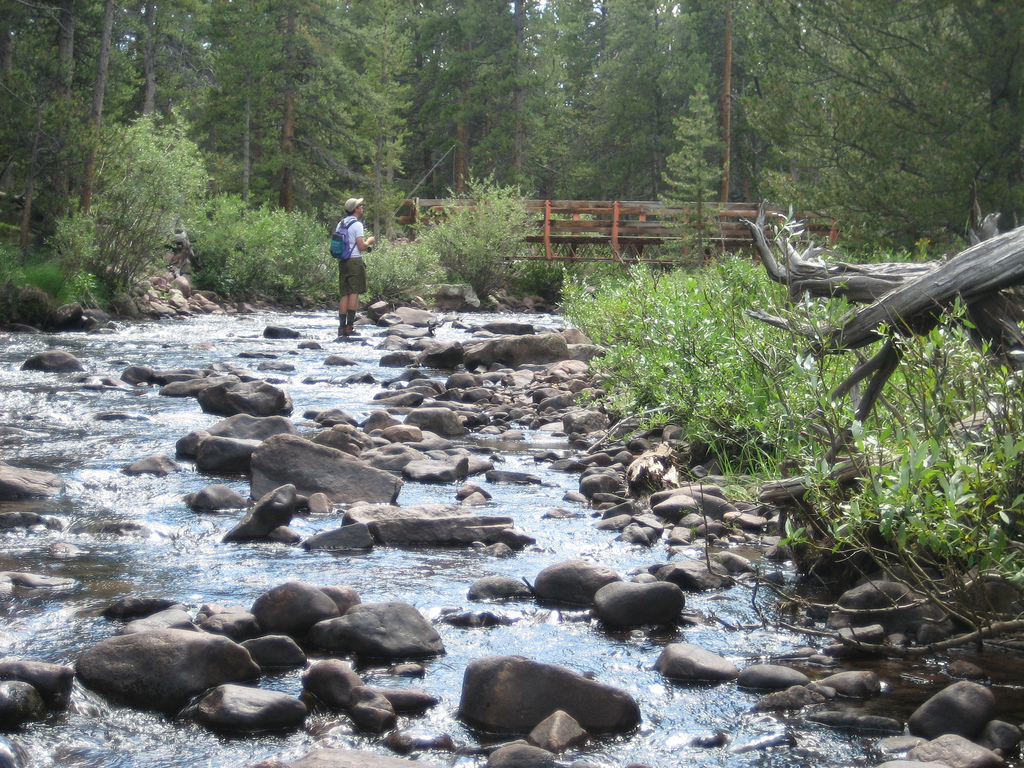
credit: Todd Slagter, flickr
14. Linville Gorge Wilderness, North Carolina
"The Grand Canyon of North Carolina" is one of the most scenic river gorges in the eastern U.S. Its rough terrain prevented clear-cutting, so it remains one of only a few old growth forests in the Blue Ridge Mountains range.
Linville is the only gorge in the state without a road in the bottom and the only one in the nation designated as wilderness by the Wilderness Act that has never changed in acreage.
Visitors are drawn to rock climbing at Jonas Ridge, scenic viewing at Linville Falls as well as backpacking, hunting and fishing. Those seeking more solitude are advised to explore the southern half of the wilderness or the rough northern section around Brushy Ridge.

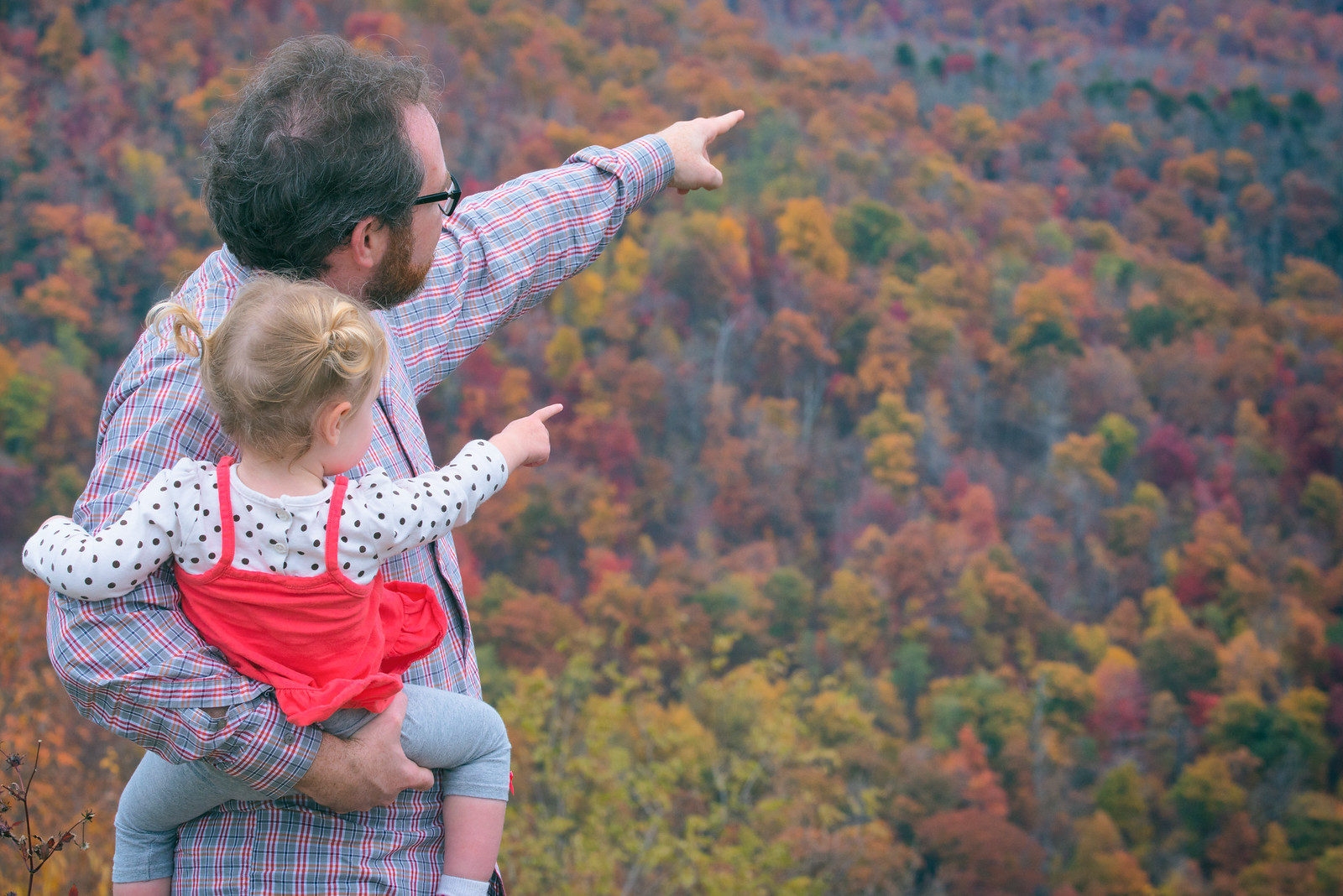
credit: Mason Cummings, The Wilderness Society
15. Shining Rock Wilderness, North Carolina
Shining Rock’s name comes from a white quartz outcropping near the peak of Shining Rock Mountain. The original 13,400 acres designated over 50 years ago has since expanded to 18,483 acres.
The largest wilderness in the state, Middle Prong Wilderness lies at its southwestern border. Strewn with streams, its West Fork of Pigeon River runs to Cold Mountain, the namesake of a novel and film set during the Civil War.
Logging and wildfires during the first half of last century are evidenced by grassy "balds" today. Despite hard-to-follow trails, this wilderness remains one of the most visited in the state, perhaps because it is the closest to the city of Asheville.

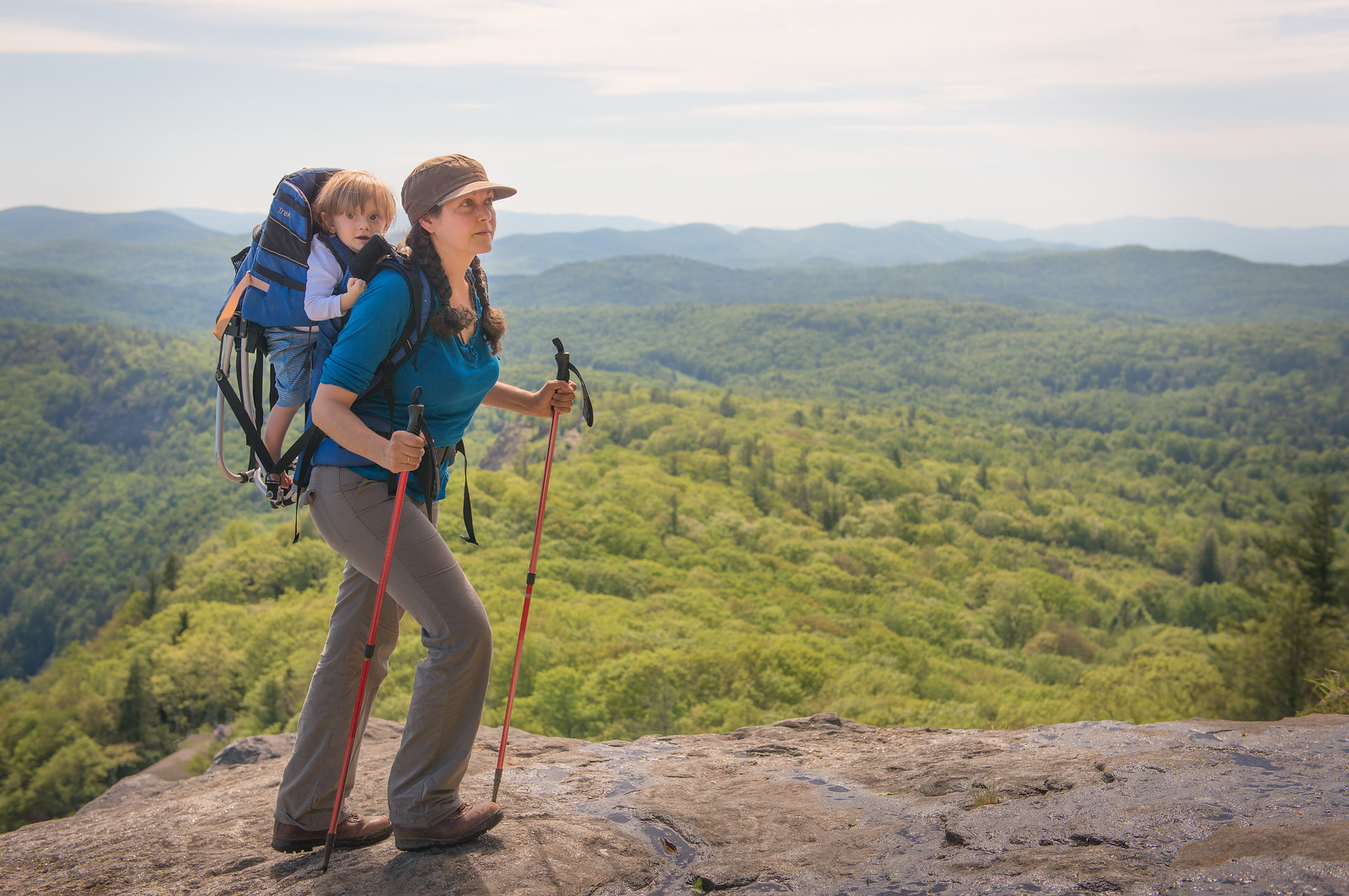
credit: Mason Cummings, The Wilderness Society
16. Absaroka - Beartooth Wilderness, Montana and Wyoming
The Beartooth Range has many high peaks, including one that looks like a bear's tooth. Granite Peak, Montana's tallest, towers over the vast Beartooth Plateau and alpine lakes are small but plentiful.
The neighboring Absaroka mountain range, named for what the Crow Indians called themselves, has dense forests and expansive meadows with trout-rich streams. It extends to the northern boundary of Yellowstone National Park, offering over 700 miles of trails for ultimate backpacking adventures.

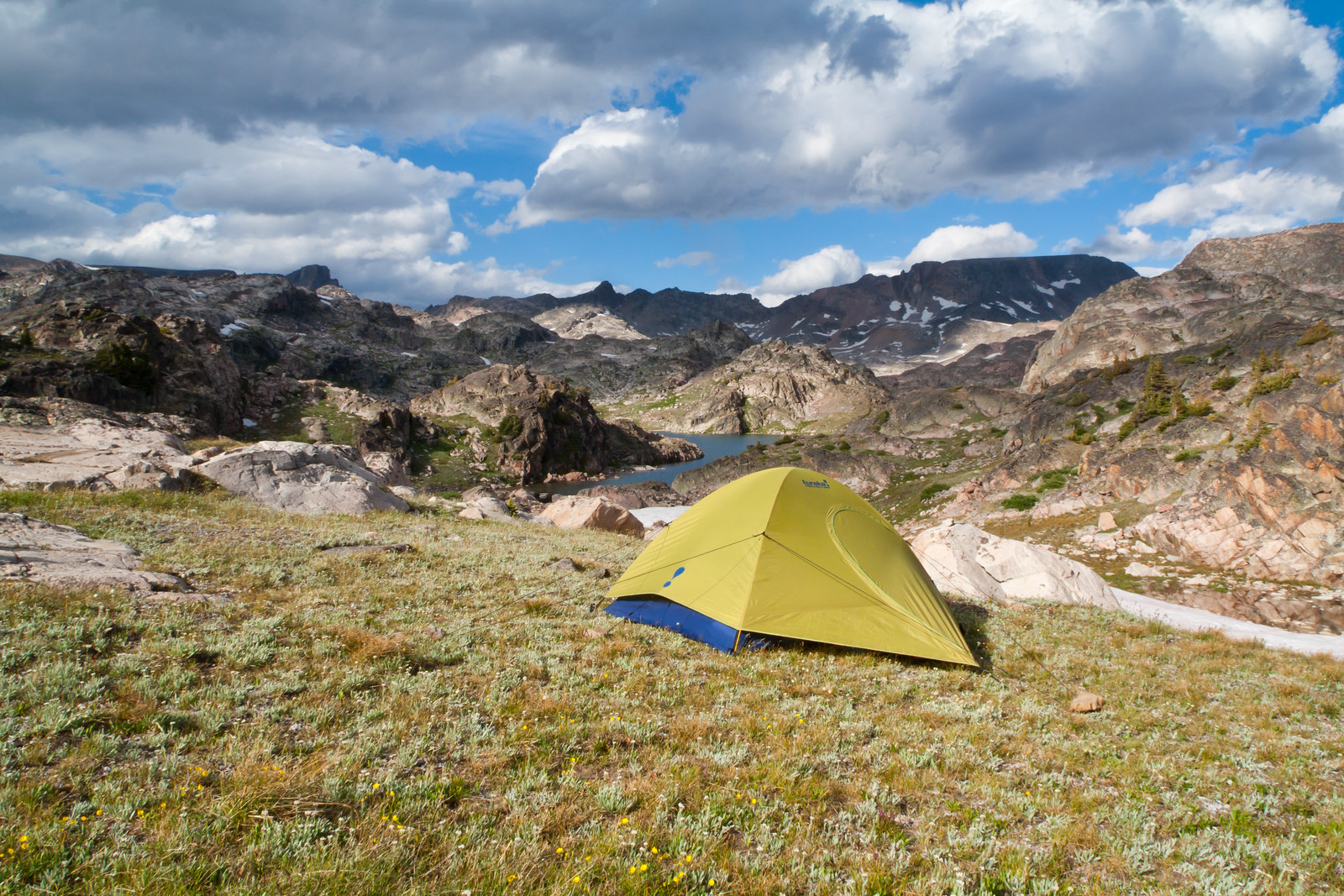
credit: Troy Smith, flickr
17. Selway - Bitterroot Wilderness, Idaho and Montana
A dirt road divides Frank Church-River of No Return Wilderness from Selway-Bitterroot, the third largest wilderness outside of Alaska. Inside, the Bitterroot Mountains rise at the border of Idaho and Montana and the Wild and Scenic Selway River is Idaho’s premier whitewater river.
Among its 1,800 miles of rugged trails through coniferous canyons and valleys, many remain sparse. This makes it ideal habitat for the plentiful Selway elk herd, as well as recently reintroduced packs of the grey wolf.
This area offers the quintessentially wild experience, so it is legendary among backpackers, as well as delightfully expansive—both reasons why it is one of the most visited.

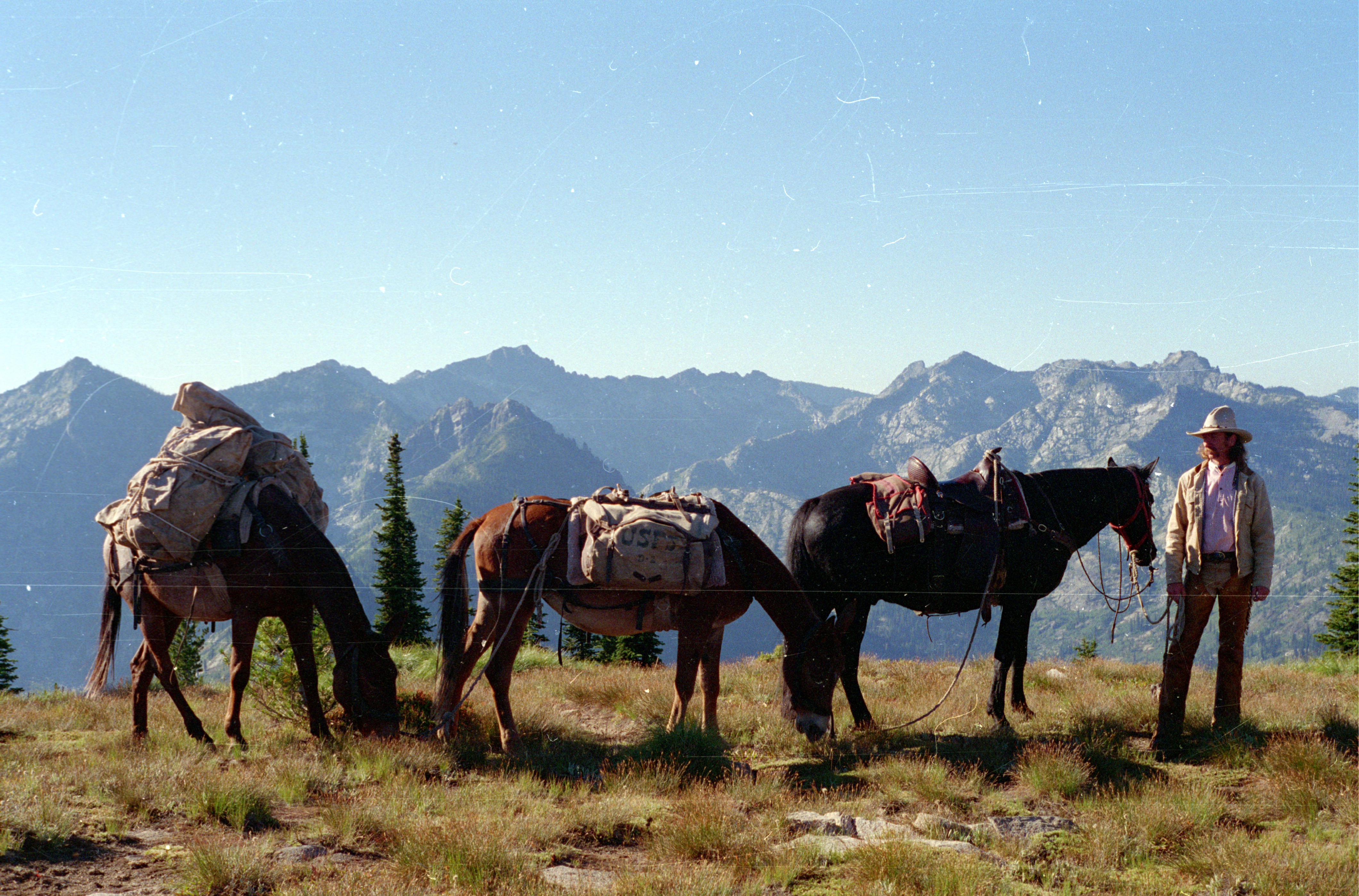
credit: Marty Almquis, wilderness.net
18. Gila Wilderness, New Mexico
Last but not least is this beautiful treasure of the Southwest. In 1924, Gila became the world's first designated Wilderness area, offering diverse landscapes from high mountains to deep canyons. Today, it's a top backpacking destination, with extensive trails, varied ecosystems, and seasonal challenges like snow in winter and flash floods in summer. It also preserves critical habitat for species like the Mexican spotted owl and western yellow-billed cuckoo.
The central portion is covered in ponderosa pines, while the west features the rugged Mogollon Range with peaks reaching up to 10,895 feet.
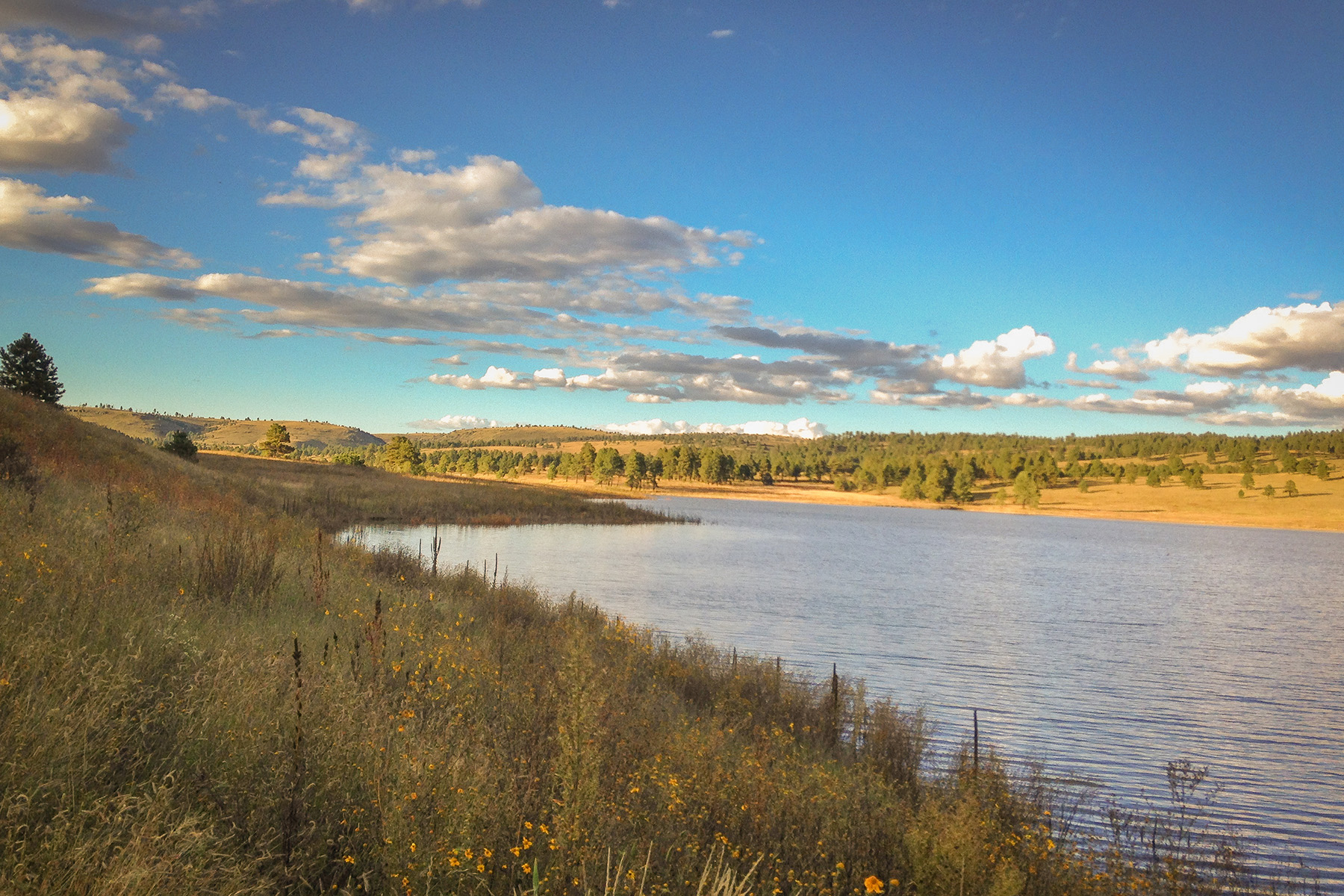
credit: Phil Hartger, TWS
